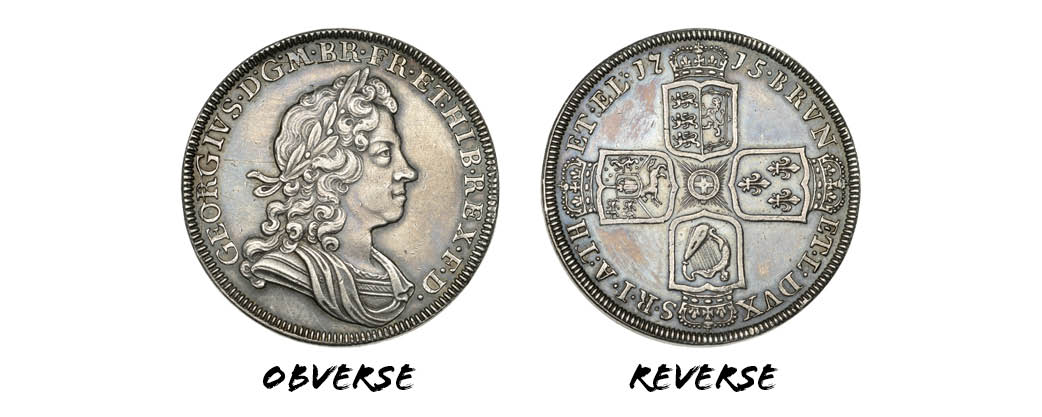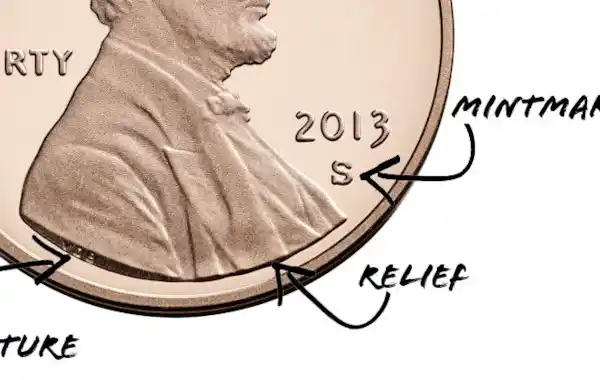07 January 2022
|
Discover the different elements of a coin with our quick video guide to a coin's anatomy, including terms such as reverse, obverse, legend, edge and mintmark.
The anatomy of a coin might seem pretty simple, it’s a small circular piece of metal with two sides… but there’s more to it that that.
OK, let’s start with the obvious… the two sides. These are referred to as the obverse and the reverse.

The obverse is the ‘heads’ side or the front of the coin - so you’ll usually see the portrait of a monarch or leader of some kind (coins a great way to assert the power and influence of a nation’s leader, in fact they still are).
The reverse is the ‘tails’ side, which often show a coat of arms or more pictorial design, in modern coins they can feature all manner of subjects, from Paddington Bear to Olympic sports, to Flamingoes.

The legend (or motto) is pretty straightforward, that’s the text seen on the coin, often across the top of the reverse. Then there’s the value (also called the denomination), country, and the year of issue.

The ‘rim’ is the raised edge or circumference of the coin’s reverse or obverse, which can often be beaded, not to be confused with the edge, which is the bit around the outside.
The edge of the coin can be smooth, ridged or grooved and in more modern coins can also feature text – take the £2 coin for example which has the Isaac Newton quote ‘standing on the shoulders of giants’ around the edge.
Want to know more about the market value? Visit our Market Insight guides.
A few other terms include:
Relief – that’s when the coin design is raised, so the side of the coin isn’t completely flat.
Mint mark – there’s often a very small letter in the design, especially US coins, which refers to the mint where the coin was produced. You might also see the designer’s initials on certain coins, sometimes referred to as the signature
Field – that’s the flat part of the coin design.

So that’s the anatomy of a coin, simple stuff but the differences in all these elements can influence scarcity and value of a coin, and they all come together to create that beautifully designed piece of history in your pocket or stored safely in your coin cabinet.







